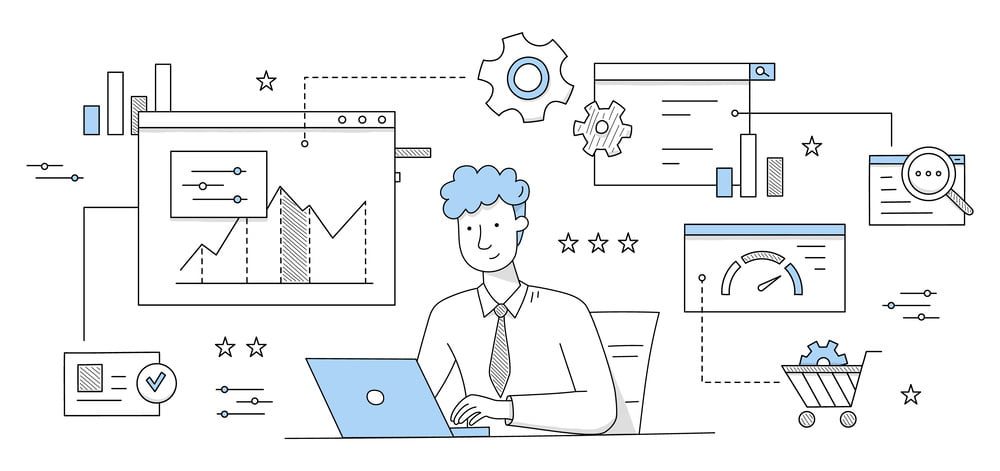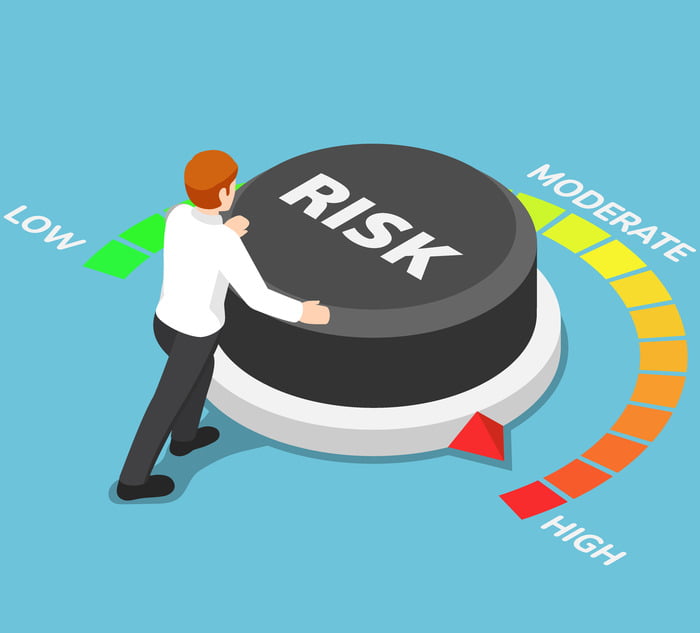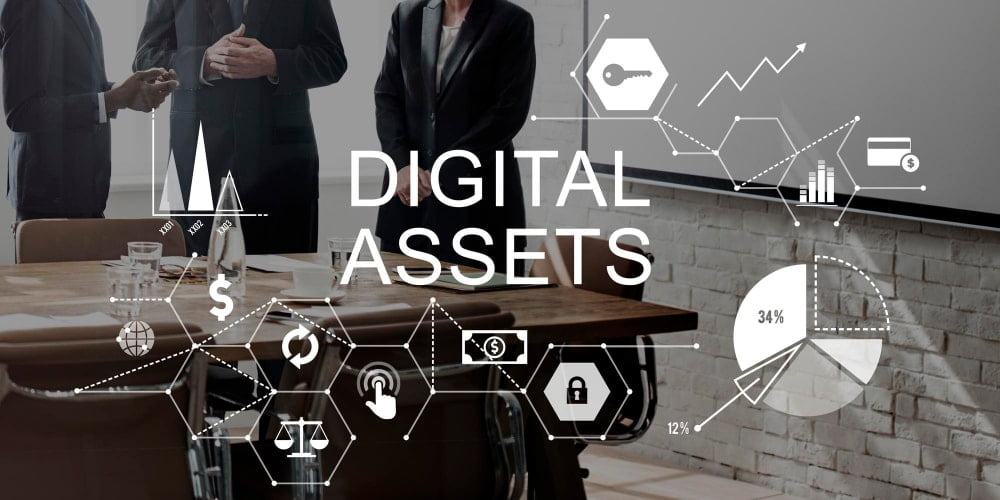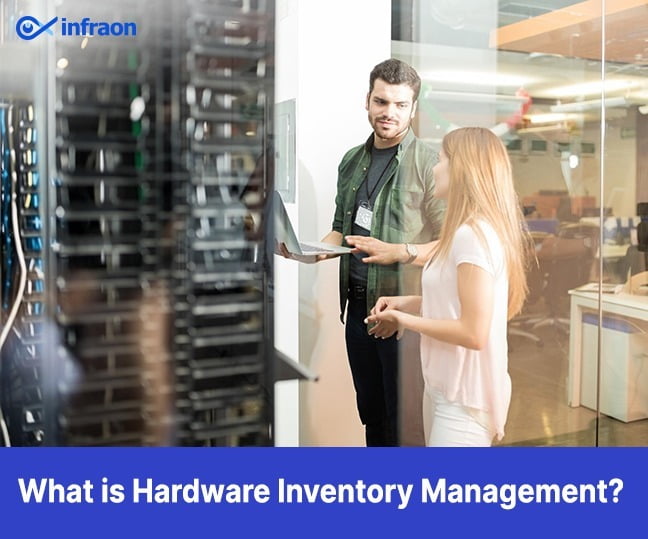Definition of Software Asset Management
Software plays a pivotal role in the operations of organizations across industries. From essential productivity tools to specialized applications, software assets are critical for driving business processes and delivering value to customers. However, effectively managing these assets can be a complex task due to the diverse range of software licenses, updates, and compliance requirements. This is where Software Asset Management (SAM) solutions come into play.
SAM encompasses a set of practices and technologies designed to optimize the management of software assets throughout their lifecycle. By implementing SAM solutions, organizations can gain better control and visibility over their software inventory, usage, and compliance. These solutions provide a systematic approach to software management, ensuring that organizations can make informed decisions, reduce costs, mitigate risks, and streamline their operations.
Related article: Challenges you will face while adopting SAM (Software Asset Management)
Benefits of Software Asset Management Solutions
Implementing SAM solutions brings numerous advantages to organizations seeking to streamline their software management processes. One of the primary benefits is cost reduction. SAM enables organizations to optimize their software licenses, eliminating unnecessary expenses associated with over-licensing or non-compliance. By gaining better visibility into software assets and usage, organizations can make informed decisions regarding software investments, ensuring that resources are allocated efficiently and effectively.

Risk mitigation is another critical aspect of SAM. By actively managing software licenses and tracking usage, organizations can mitigate legal and financial risks associated with non-compliance. SAM solutions provide the necessary tools and workflows to ensure compliance with software licensing agreements, reducing the likelihood of audits, penalties, and reputational damage.
Operational efficiency is enhanced through SAM. With centralized management of software assets, organizations can streamline software deployment, updates, and patches, ensuring that the latest versions are readily available to users. SAM solutions also enable proactive maintenance and support, reducing downtime and enhancing overall productivity.
Additionally, SAM solutions help organizations negotiate better vendor agreements. By having a clear understanding of software usage and requirements, organizations can negotiate favorable terms, pricing, and contract conditions with software vendors. This allows organizations to optimize their software spending and maximize returns on technology investments.
Types of Software Asset Management Solutions
There are various types of SAM solutions available, each catering to different organizational needs and preferences.
On-Premise Solutions: Taking Control of Software Asset Management
Managing software assets effectively requires organizations to have a comprehensive solution that suits their specific requirements. On-premise Software Asset Management (SAM) solutions offer a robust approach by installing and managing the software within an organization’s infrastructure. These solutions provide granular control over software assets and offer various features that enhance predictive maintenance, risk management, license management, deployment, and compliance tracking.
One of the key advantages of on-premise SAM solutions is their predictive maintenance and risk management capabilities. By proactively addressing potential issues, organizations can minimize the impact of software-related risks and ensure smooth operations. These solutions allow organizations to monitor the health of their software assets, identify vulnerabilities, and take proactive measures to mitigate risks before they become major disruptions.
Additionally, on-premise solutions provide organizations with granular control over their software assets. They offer features such as license management, which enables organizations to track and optimize their software licenses. By gaining a clear understanding of software usage, organizations can avoid over-licensing and reduce unnecessary expenses. Furthermore, deployment tools provided by on-premise SAM solutions streamline the software installation and update processes, ensuring that the latest versions are efficiently distributed across the organization.
Compliance tracking is another critical aspect of on-premise SAM solutions. Organizations must adhere to licensing agreements and regulatory requirements to avoid legal and financial repercussions. With compliance tracking features, organizations can monitor and report on their software usage, ensuring that they meet licensing obligations and remain in compliance with industry regulations.
Cloud-based Solutions: Harnessing Scalability and Accessibility
In today’s digital landscape, cloud-based solutions have gained significant popularity due to their scalability, flexibility, and accessibility. Cloud-based SAM solutions leverage the power of the cloud to provide organizations with a comprehensive software asset management platform. For example, Ivanti’s cloud-based solution is ISO 27001 certified, ensuring high standards of security and reliability. It offers robust SAM capabilities, including Ivanti Neurons for ITAM, which enables organizations to gain better visibility and control over their software assets.

Cloud-based SAM solutions offer several advantages, with 59% of organizations opting for this approach. Scalability is one of the key benefits, as organizations can easily scale their software asset management capabilities based on their evolving needs. The cloud provides the flexibility to accommodate growth, enabling organizations to manage an increasing number of software assets efficiently.
Furthermore, cloud-based SAM solutions provide enhanced accessibility. With software assets stored and managed in the cloud, authorized users can access them from anywhere, facilitating remote work and ensuring that employees have the software they need, regardless of their location. This accessibility fosters collaboration and productivity in today’s mobile workforce.
An example of a cloud-based solution is ServiceNow Cloud Observability, which offers insights for detecting and responding to changes in cloud-native applications. This solution enables organizations to monitor their cloud-based software assets effectively and take proactive measures to optimize performance and utilization.
Mobile Solutions: Managing Software Assets on the Go
In an era where remote work has become increasingly prevalent, mobile SAM solutions have become essential. These solutions enable organizations to manage their software assets remotely, providing employees with access to the software they need anytime, anywhere. MMSoft Pulseway is a robust mobile asset management solution that offers a modern and user-friendly interface. Administrators can use the mobile app to troubleshoot cloud-based servers, receive real-time status updates, and efficiently manage software assets.

Mobile SAM solutions offer numerous advantages. They provide flexibility and convenience, allowing administrators to monitor and manage software assets on the go. This capability ensures that organizations can respond quickly to software-related issues and maintain operational continuity. Mobile solutions also enhance productivity by enabling administrators to address software asset management tasks efficiently, even when they are away from their desks.
It is important to note that various mobile SAM solutions are available in the market, each with its own set of features and limitations. Organizations can choose the solution that best aligns with their specific requirements and budget. By carefully evaluating the strengths and weaknesses of different mobile SAM solutions, organizations can make an informed decision and implement a solution that suits their needs.
Hybrid Solutions: Striking the Balance
Organizations with diverse needs often require a combination of on-premise and cloud-based approaches to software asset management. Hybrid SAM solutions offer the flexibility of cloud-based access while providing organizations with greater control over their software assets through on-premise components. This approach allows organizations to strike a balance between scalability and control, tailoring their software asset management strategy to suit their specific requirements.
Hybrid SAM solutions enable organizations to leverage the benefits of both on-premise and cloud-based solutions. They can securely manage critical software assets on-premise while utilizing the scalability and accessibility of the cloud for non-sensitive assets. This hybrid approach provides organizations with the flexibility to adapt to changing needs, optimize resource allocation, and maintain control over their software assets.
Components of an Effective Software Asset Management Solution
Implementing an effective Software Asset Management (SAM) solution requires careful consideration of various components that work together to optimize software asset management processes. These components provide organizations with the necessary tools and capabilities to track, manage, and optimize their software assets. Let’s delve into each component and explore its significance in achieving successful SAM implementation.
Discovery Tools: The Foundation of SAM
Discovery tools serve as the foundation of SAM by scanning the organization’s network environment to identify and collect data on software assets. These tools provide a comprehensive inventory of software installed across the organization, including both licensed and unauthorized applications. Accurate and up-to-date software discovery data forms the basis for effective license management, compliance tracking, and optimization of software assets.
According to a study by Flexera, 93% of organizations face challenges in accurately tracking software installations, making discovery tools crucial for establishing a reliable software inventory.
License Management Tools: Optimizing License Usage
License management is a critical aspect of SAM that helps organizations ensure compliance with software licensing agreements while optimizing license usage. License management tools enable organizations to track and manage software licenses effectively. These tools provide visibility into license entitlements, usage, and expiration dates, allowing organizations to allocate licenses efficiently and avoid over-licensing.

Statistics show that 64% of organizations have faced software license compliance audits in the past two years, emphasizing the importance of robust license management tools in maintaining compliance.
Deployment Tools: Streamlining Software Distribution
Efficient software deployment is essential for ensuring that the latest versions and updates are installed across the organization. Deployment tools streamline the software installation and update processes, making it easier to distribute software assets to end users. These tools automate deployment tasks, reduce manual effort, and minimize the risk of errors during software distribution.
A report by Gartner reveals that organizations can achieve up to 40% time savings in software deployment tasks by utilizing effective deployment tools, underscoring their importance in streamlining software management processes.
Allocation and Usage Tracking Tools: Maximizing Resource Utilization
To optimize resource utilization and avoid unnecessary expenses, organizations need to track software usage and allocate licenses effectively. Allocation and usage tracking tools monitor software usage patterns, track license allocations to users, and provide insights into software utilization across the organization. By gaining visibility into software usage, organizations can identify underutilized licenses and reallocate them, maximizing resource utilization and reducing costs.
According to a survey conducted by Snow Software, 36% of software spend in organizations is wasted due to underutilization of licenses. Effective allocation and usage tracking tools can help organizations address this issue and achieve substantial cost savings.
Service & Contract Management Tools: Ensuring Timely Support and Renewals
Managing software support and maintenance contracts is crucial for organizations to ensure timely support and license renewals. Service and contract management tools assist organizations in tracking software support contracts, maintenance agreements, and license renewals. These tools provide reminders for contract expirations, enable efficient vendor management, and ensure organizations have the necessary support and maintenance coverage for their software assets.
A study by Deloitte highlights that organizations spend an average of 20% of their software budget on maintenance and support, making efficient contract management essential for optimizing software spending.
Disposal & Retirement Tracking Tools: Proper Decommissioning for Security
Proper disposal and retirement of software assets are essential for maintaining security and minimizing risks. Disposal and retirement tracking tools assist organizations in tracking the end-of-life cycle of software assets, ensuring proper decommissioning and minimizing the potential for security breaches. These tools provide a systematic approach to retiring software assets, removing them from the network, and securely disposing of any sensitive data associated with the assets.
According to a survey by Osterman Research, 60% of organizations do not have a formal process in place for disposing of software assets, emphasizing the need for effective disposal and retirement tracking tools.
Compliance & Risk Mitigation Features: Staying Compliant and Secure
SAM solutions should incorporate compliance and risk mitigation features to help organizations monitor and enforce compliance with software licensing agreements. These features enable organizations to track software usage, monitor license compliance, and generate compliance reports for audits. By proactively managing compliance, organizations can mitigate legal and financial risks associated with non-compliance.

A survey conducted by Flexera reveals that 46% of organizations have faced a software audit from at least one software vendor in the past year, highlighting the importance of robust compliance and risk mitigation features in SAM solutions.
Incorporating these components into an integrated SAM solution provides organizations with a comprehensive framework to effectively manage their software assets, reduce costs, ensure compliance, and mitigate risks. By leveraging the power of discovery tools, license management tools, deployment tools, allocation, and usage tracking tools, service and contract management tools, disposal and retirement tracking tools, as well as compliance and risk mitigation features, organizations can optimize their software asset management processes and achieve greater operational efficiency.
Related article: Top Benefits of Software Asset Management (SAM)
Conclusion
Software Asset Management solutions play a vital role in maximizing efficiency, minimizing costs, and ensuring compliance for organizations managing software assets. By implementing SAM solutions, organizations can reduce software wastage, gain visibility into software assets, optimize licensing, improve operational efficiency, and achieve legal compliance. Whether through on-premise, cloud-based, mobile, or hybrid solutions, organizations have a range of options to choose from based on their specific needs. With the right components in place, a comprehensive SAM solution empowers organizations to make informed decisions, control costs, and maximize returns on technology spending.


















